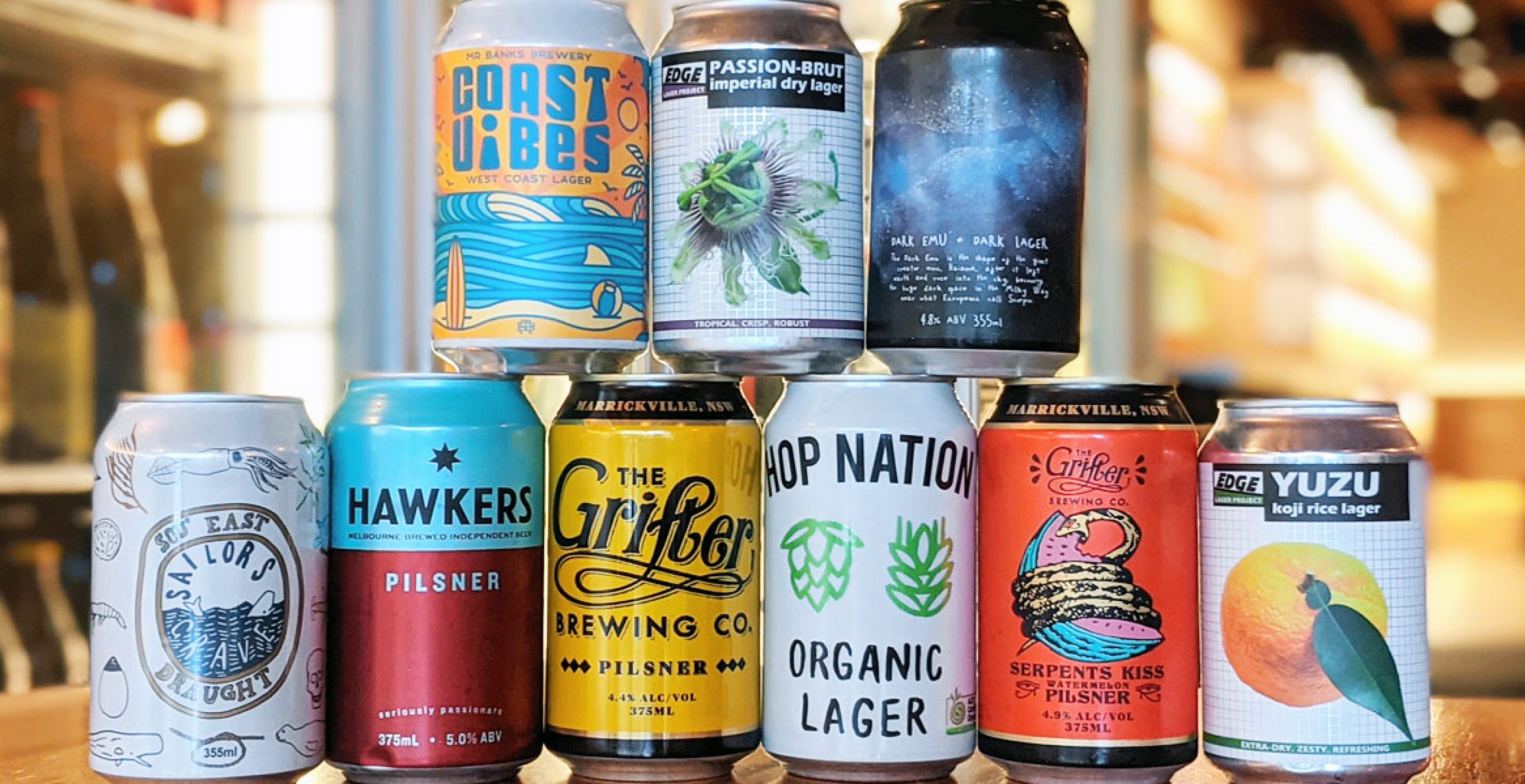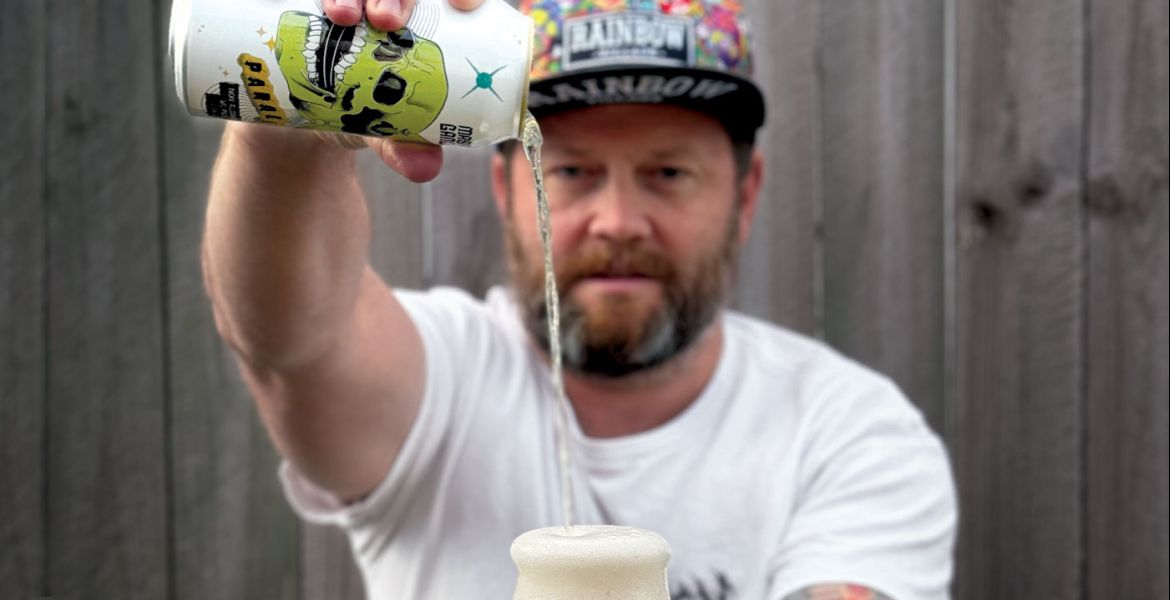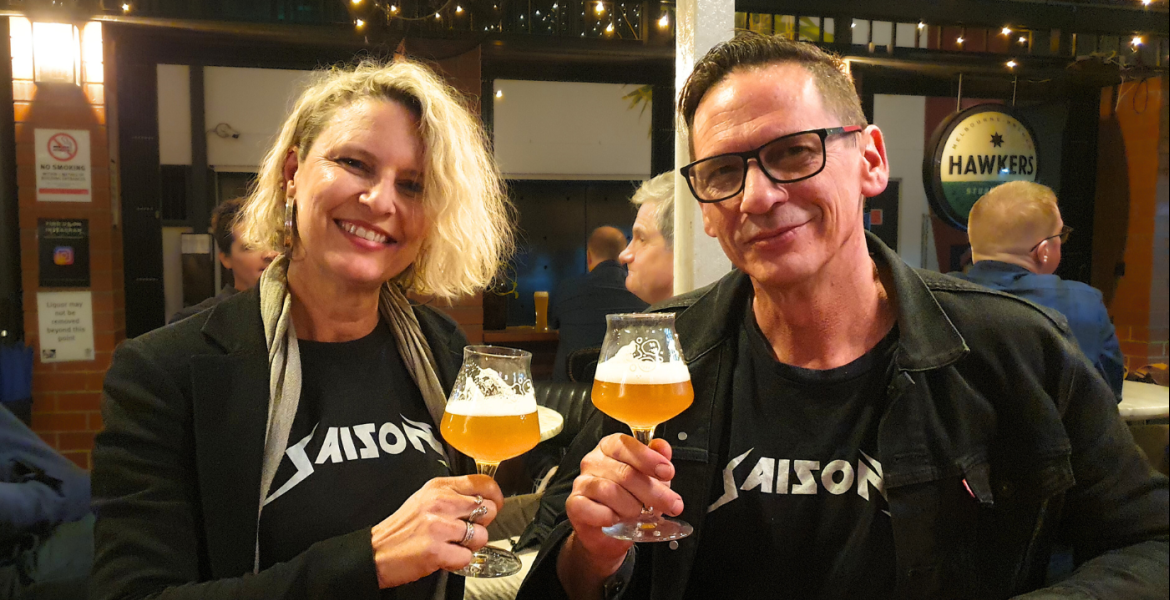Like a late season tropical hailstorm, craft lagers seemed to come out of nowhere. For so long maligned, now you find a new wave of lagers jostling for attention among the latest double dry-hopped oat cream IPAs and peanut butter mudcake pastry stouts on shelves and tap lists.
Some craft beer bars have even taken to hosting week-long showcases dedicated to such beers, while a significant and growing number of craft breweries – big and small – now offer a core range lager; there are even breweries focused on nothing but lagers.
Digging deeper into the origins of craft lager’s resurgence initially throws up a few questions. Was the shifting tide a result of an inevitable pushback against the rise of the aforementioned confectionary beers, the ubiquity of hazies, and the seemingly never-ending pursuit of newer, dafter, stronger? Or is it merely because many craft beer enthusiasts are craving something deeply satisfying and equally thirst-slaking?
There are plenty of probable explanations for drinkers embracing the sort of beers once seen as anathema again, yet Occam’s razor dictates the answer was there all along. A combination of increased consumer knowledge, coupled with many brewers’ unwavering dedication to creating the best lager they can – one with character and a sense of place, was always likely to bring us full circle...
Graham Frizzell caught up with Heads of Noosa and Mountain Culture head brewers Lance Masterton and DJ McCready, as well as technical sales support manager Simon Jeanpierre from dry yeast producers Fermentis by Lesaffre, to learn more about how and why lager is starting to reclaim a place in the hearts and minds of craft beer drinkers across Australia.
How gold is made
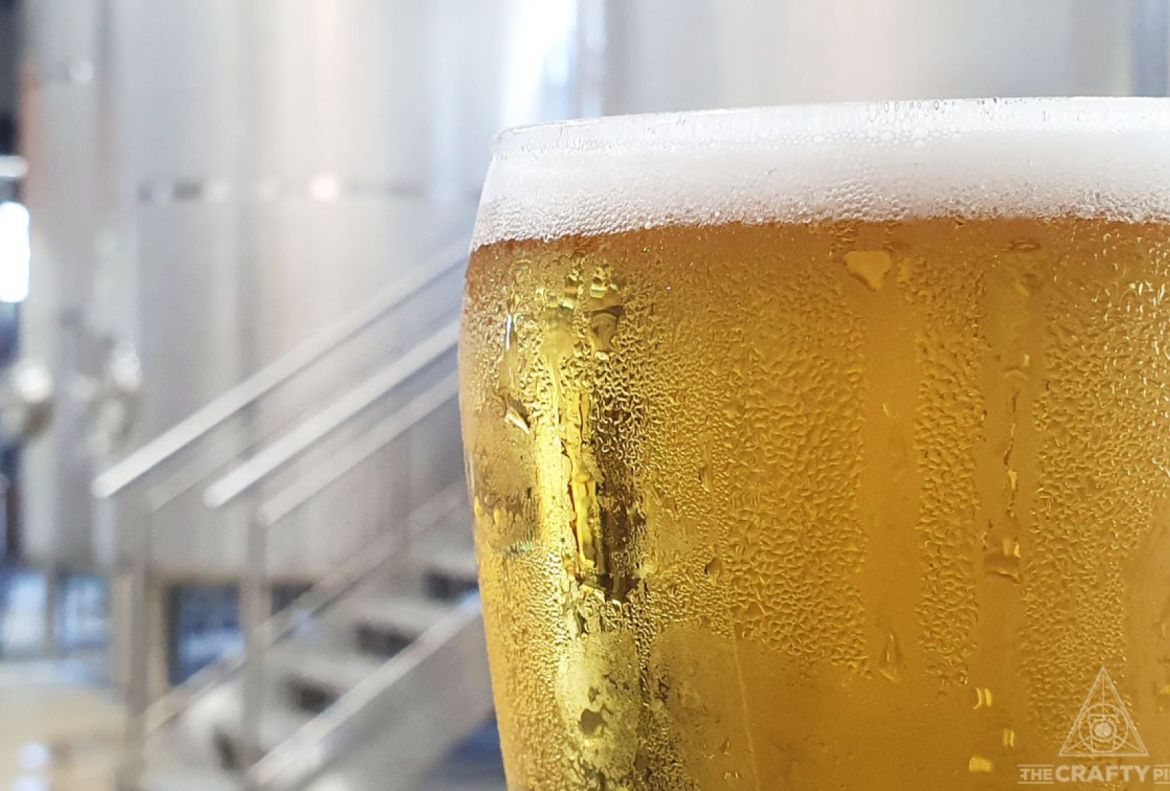
Lovers of a good craft lager know they can be challenging beers to brew, from the highly involved technicalities throughout the brewing and lagering process, through to lager’s propensity for revealing the slightest of faults in its flavour profile. Lagers provide a sound metric of how good and consistent a brewery's output is, which is a heavy cross to bear when they have their own personalities to share too.
"We often say that the first beer you should get at a brewery to check their quality is their lager," says Simon Jeanpierre from Fermentis by Lesaffre, "simply because this style requires a lot of accuracy throughout the process to get the taste just right and consistent.
"A tiny shift, would it be on the quality of your raw materials, on the way you operated your brewhouse, on your fermentation management, maturation / lagering, and the choice of packaging or the cleaning of dispensing systems [has an impact on flavour and consistency]."
Consistency means brewers especially want to avoid producing lagers with glaring off flavours, such as buttery popcorn derived from diacetyl (unless, of course, the brewer is producing an authentic interpretation of the Czech Pilsner style where a small amount is expected), the creamed corn of DMS, or the off green apple-like flavours of acetaldehyde. Furthermore, unlike their big beer relatives, the vast majority of craft brewers have no interest in taking shortcuts.
According to Lance Masterson at nothing-but-lager brewer Heads of Noosa, dedication to a meticulously crafted lager brew begins with utilising the right equipment for the job.
“It’s a must to have good temperature control during fermentation,” he says. “Glycol cooling is the best [technology] available to control temperatures during fermentation."
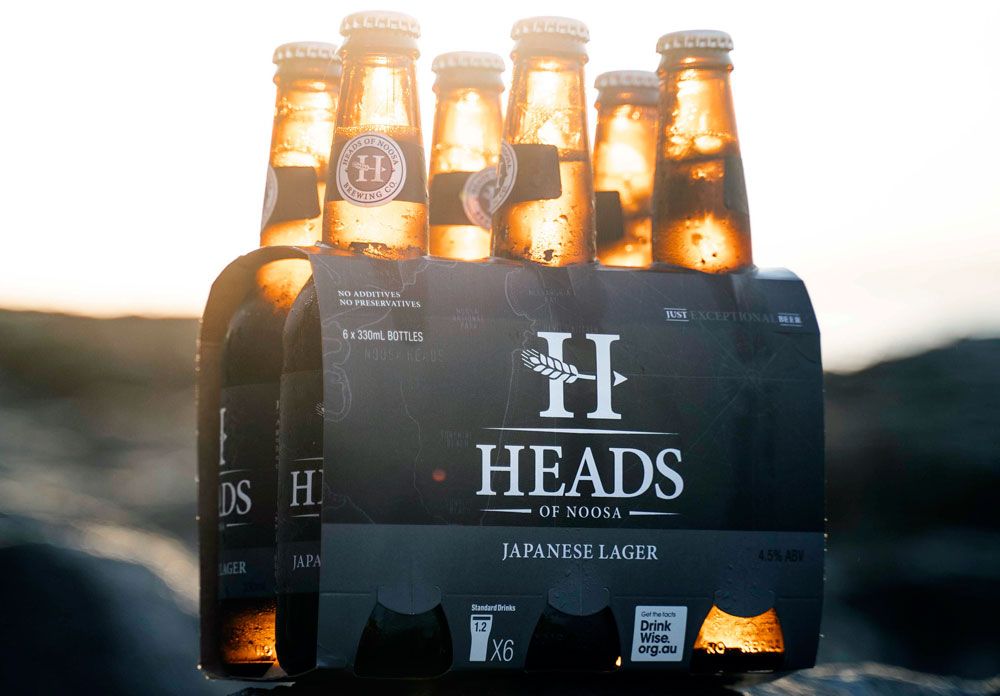
Glycol, a water-miscible coolant, works by way of “jackets” inserted over each lagering fermenter. Heads of Noosa’s BrauKon system allows Lance to control the temperature of each fermenter individually. The technology at their Sunshine Coast home reduces the temperature of the beer by negative five degrees, with glycol also keeping the beer at a consistent temperature more efficiently than refrigeration.
“[In the beginning we] used fridges with the fermenters sitting inside,” he says. “We found with the temperature probe inside the fridge, the temperature of the beer inside the fermenter in the middle is where it gets hottest where there’s active fermentation [taking place.] That varied from the beer to the actual fridge temperature by about six degrees.”
All this is in the name of keeping the yeast happily engaged in the slow process of fermentation and maturation of the beer. Why? Poor temperature control is a factor in any lager developing undesirable yeast-derived characteristics known as esters and phenols – think aromas of bananas, sliced red apples, pears, stewed prunes, dates or, in extreme cases, solvent-like nail polish.
The lower the temperature, the slower the yeast metabolises the wort, and the fewer yeast-derived aromatic compounds are created. In a sense, lager represents craft brewing’s equivalent to low and slow cooking.
Great cooking needs great ingredients, too. And central to lager brewing is the yeast strain a brewer chooses.
“We are lucky to have three strains available at Fermentis, covering traditional and modern-style lagers," says Simon, who acknowledges the essential role the craft beer industry is playing in "diversifying lager as much as it did for ale with lots of creativity."
He adds: "We can look at beer diversity through different angles, but no matter what style and recipe you choose the yeast always plays an important role. It can influence flavour, aroma, acidity, brightness, and mouthfeel, all at the same time.
"Lager yeasts can ferment the wort more completely thanks to their wider assimilation of sugars, such as maltotriose and melibiose.
“What is essential to brewing a good lager is consistency from fermentation to fermentation. This is achieved by working with healthy yeast and knowing how they behave in [a brewery’s] specific conditions.”
The consistent performance of yeast when turning wort into liquid gold also comes down to the malt used and the manner in which it is transformed into wort. Mountain Culture favour under-modified malt (in other words, the barley husk’s endosperm has only been broken down to a low extent, thus producing fewer readily available nutrients and enzymes for the yeast to consume) which is ideal for decoction mashing.
In layman’s terms, decoction mashing refers to the centuries-old technique of extracting a portion of a mash (the process of mixing grains with hot water early in the brewing process) and raising that to a higher temperature. The separated portion is then added into the mash in a process the brewer may repeat several times.
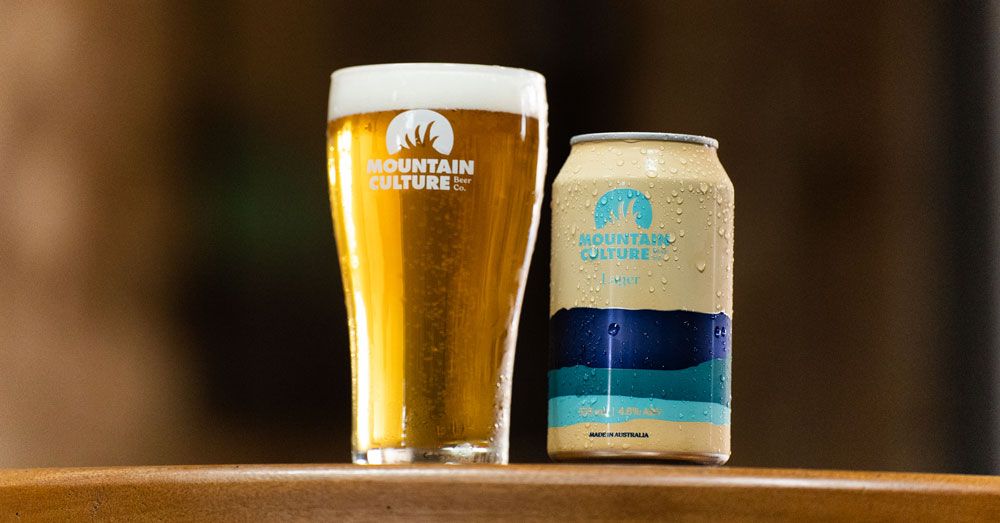
The end result is a wort rich in Maillard products – flavour compounds derived from proteins that produce intensely toasty characters. This highly intensive brewing technique requires the right setup and is seldom found in commercially-brewed lagers outside of Europe.
“For our lager program and specialty lagers we [source our malt from] a local maltster, Voyager Craft Malt out of Moree, [who supplies] us with under-modified malt” Mountain Culture co-owner DJ McCready says.
“We’re getting it custom made for our brewing, using the decoction technique. If we’re not using Voyager malt when we’re brewing our core range lager, we’re using Weyermann Malt, so it’s all really good German Pilsner malt that’s specially designed for brewing lagers.
“There are lots of substitutes added when brewing macro lagers. A lot of time [macro lager] brewers are using corn or rice to reduce colour and get the fermentable sugars out of the grist. I also think with the time involved, we’re naturally letting the beer sit for clarification, then it goes through several filters before serving, which is another big difference.”
Good, clear water is also integral to a characterful lager. Before brewers understood how and why to change the makeup of the water they were using, the water profile of any given location determined the characteristics of the beer produced.
The gypsum-rich water of Burton-upon-Trent, which produced a fantastically dry ale whose pale malt was the forebear for pilsner [And whose soccer team is called The Brewers – Editor], and the aforementioned exquisite softness of Pilsen’s water represent the extreme ends of water minerality. Germany’s brewing water sits somewhere in the middle, although the water from parts further north is rich in calcium sulphates, hence German pilsners being drier, hoppier adaptations from the malt sweetness of the Bohemian originators.
Today, brewers are able to use reverse osmosis (RO) water to remove all traces of minerals, fluoride and chlorine. From there, they may add tailored minerals and brewer’s salts to cater for their recipes. DJ opted, however, to leave the water as soft as can be when brewing his core range lager.
“We were looking for something that was going to mimic a Pilsen beer,” he says. “We didn’t want it to be quite as hoppy. We wanted something with a similar water profile: soft and almost neutral, like a Czech pilsner, and with a balance of bitterness-to-malt to make it a really drinkable beer.”
A place for every lager and every lager in its place

Australia’s craft lager renaissance can be attributed not only to the style's eminent drinkability but also brewers’ desire to capture a sense of place. Both Mountain Culture and Heads of Noosa built their image on the natural beauty around them. From there, each drew inspiration from their surrounds – and further afield – when developing their lager recipes.
DJ and partner Harriet McCready wished to recreate the experience of the German Alps in Australia’s iconic Blue Mountains.
“We had so many good experiences with the breweries around the Bavarian Alps,” he says. “It would have to be one of my favourite times in life: going out and climbing [the mountains] all day, then getting to one of the local breweries or one of the haunts of the area. I’d have a litre stein of helles beer or a German pilsner. I really fell in love with Europe and [mountain] climbing.
“When I came back to Australia, we began opening the brewery, and this area is really well known for its outdoor attractions. The Blue Mountains is such a popular spot for bush walking, climbing and canyoning on the weekends. I wanted something that reminded me of the times climbing in the Alps; you’re out there all day, you’re sweating, you come in [to the brewery] and you want a thirst-quenching beer!”
At the time of writing, Mountain Culture’s Emu Plains expansion site was taking shape, with DJ explaining this will allow their OG Katoomba brewhouse to eventually go full circle. The closer-to-sea-level facility will focus on the operation’s much-loved hoppy and hazy creations, while the Katoomba site will be focused almost exclusively on lager brewing.
DJ says: “I’m really excited about it because it’ll be great to have all this draught lager beer, and we’re going to put a couple of foeders in here as well. We can do some oak-aged lagers too.”
The woodsy, rustic, reddish skies of the Sunshine Coast, meanwhile, served to provide the inspiration behind Heads of Noosa’s characterful Summer Dusk lager. Amber-hued and with a wonderfully malt-forward core, one might mistake it for a Vienna lager on face value; however, as Lance explains, the beer is as South East Queensland as it gets.
“The sunsets across the river are a similar colour you get from the Summer Dusk. It’s a very inviting sort of brown-reddish colour, but very bright too," he says.
“[Summer Dusk] came from our Bock lager, which we created first. The Bock is a 5.8 percent, caramel-chocolatey style of lager. Being so big, we thought, ‘We love it and it’s such a delicious beer, but let’s try and scale that back to something that’s a little bit more sessionable.’ – paring it back from 5.8 percent to 4.8 percent.”
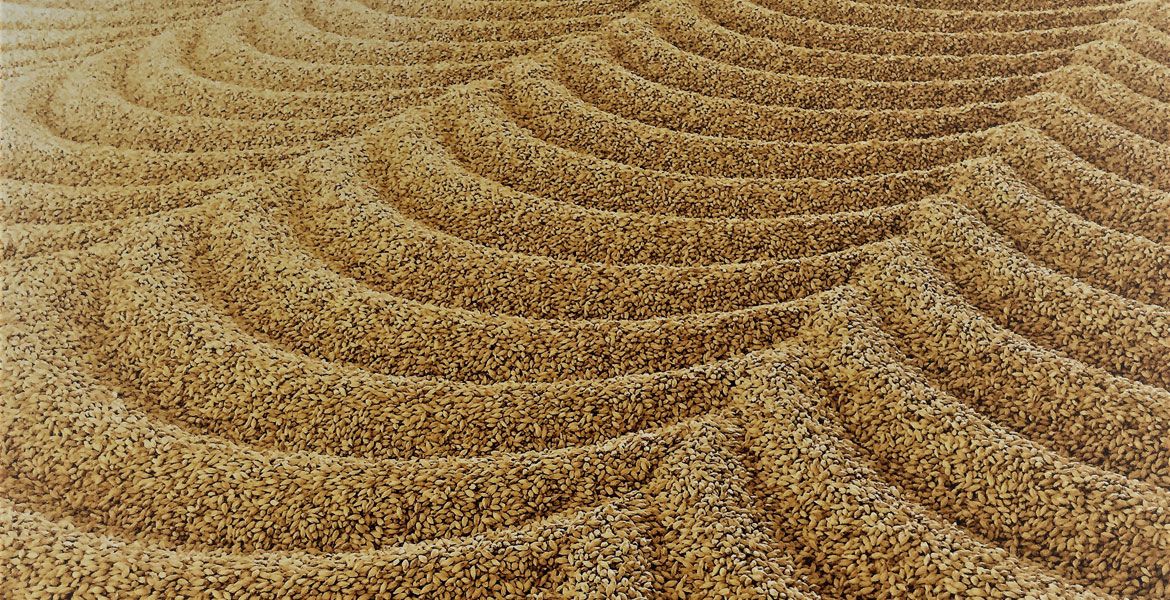
Uniting Mountain Culture and Heads of Noosa is a shared love for brewing and enjoying characterful but easy-going lagers. Both brewery teams will happily state they brew beers for themselves – the sort they love to drink.
“We couldn’t find what we wanted to drink out there,” Lance says of their decision to focus exclusively on lagers, like Tasmania's Boekamp Bier, since reborn as The Albert Brewery. “Coming from the business side of things, we saw there was a gap in the market.”
For all that, Australia’s quiet craft lager renaissance is still to fully boil over into the mainstream. They remain a hard sell at both small and chain retailers, especially when they are forced to compete with sharply-priced macro offerings and imports (real and brewed under license). Moreover, some crafty-minded beer drinkers appear to be put off from exploring them because of their lingering negative connotations.
Simon agrees: "Lager beers have always been popular and will remain so for a long time as they are the safe choice of most consumers. I have the feeling that lagers were for a long time only associated to the big players. [They are known for] using their in-house strain and producing one consistent recipe, but this is changing now."
This gradual change can be seen in the experience of Heads of Noosa: they often find smaller retailers will place their beers in an awkward spot that straddles the line between craft beer and premium Euro-lagers.
"It’s a good problem to have!" says Lance of the market squeeze.
Nevertheless, it's hard to deny there is a place in the market for lagers on every tier, and that there is potential for significant growth. Judging by Heads of Noosa’s Japanese Lager landing at 37 – the highest polling lager – in the 2020 GABS Hottest Craft Beers, a poll in which the number of lagers in the top 100 has grown from one in 2014 and two in 2016 to 11 in 2019 and 2020, it does seem like craft lagers are waiting in the wings for their time to shine one more on the big stage.
What’s more, when looking to compile a manageable lineup for The Crafty Pint’s forthcoming pale lager blind tasting, it became clear just how many smaller breweries now have such beers as part of their core lineup.
Certainly, there is much to be excited about for the lager-inclined. As Heads of Noosa look to future expansion, Lance says they'll be looking to explore eccentric higher ABV lager styles packaged in large format, shareable bottles. Even mid-strength offerings, such as Gage Roads’ Alby Crisp, and non-alcoholic / low alcohol beer lagers are finding favour in newly-created market niches.
The pointy end of the 2020 craft beer landscape was punctuated by lesser known lager releases, all covering the breadth of lager's variety: uber-toasty Märzens, delicate Munich helles, spicy Italian pilsners, tropical New Zealand pilsners, soft Vienna lagers, and even brash and bold doppelbocks punctuated 2020’s highlight reel. The lager storm of 2021 looks set to continue with plenty more on their way.
“They’re probably not going to sell out immediately as we’d like them to,” DJ says of Mountain Culture's lagers. “But that’s alright because I think it’s something for people who have been around the craft beer industry for a really long time – the folks who have been trying [different] beers for the past five to ten years.
“They’re the people who really appreciate lagers, so we’ll keep making them for that crowd.”
The Crafty Pint will be conducting a blind tasting of pale lagers from across Australia later this month. Look out for the results at the start of May. Thanks to Dayvid Clark at Beermash for the image at the top of the article.




